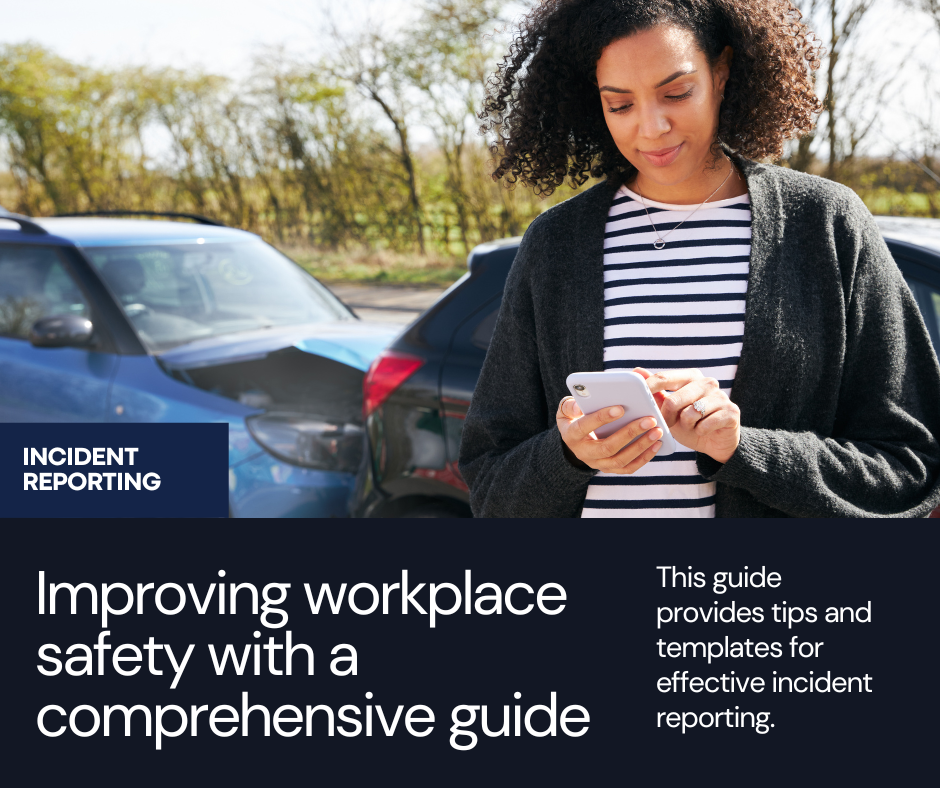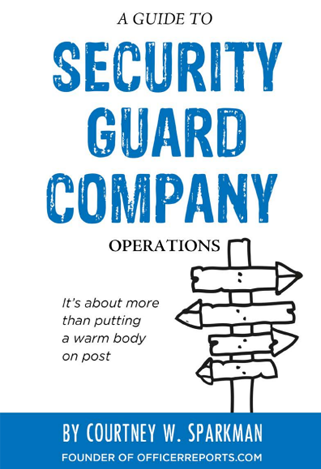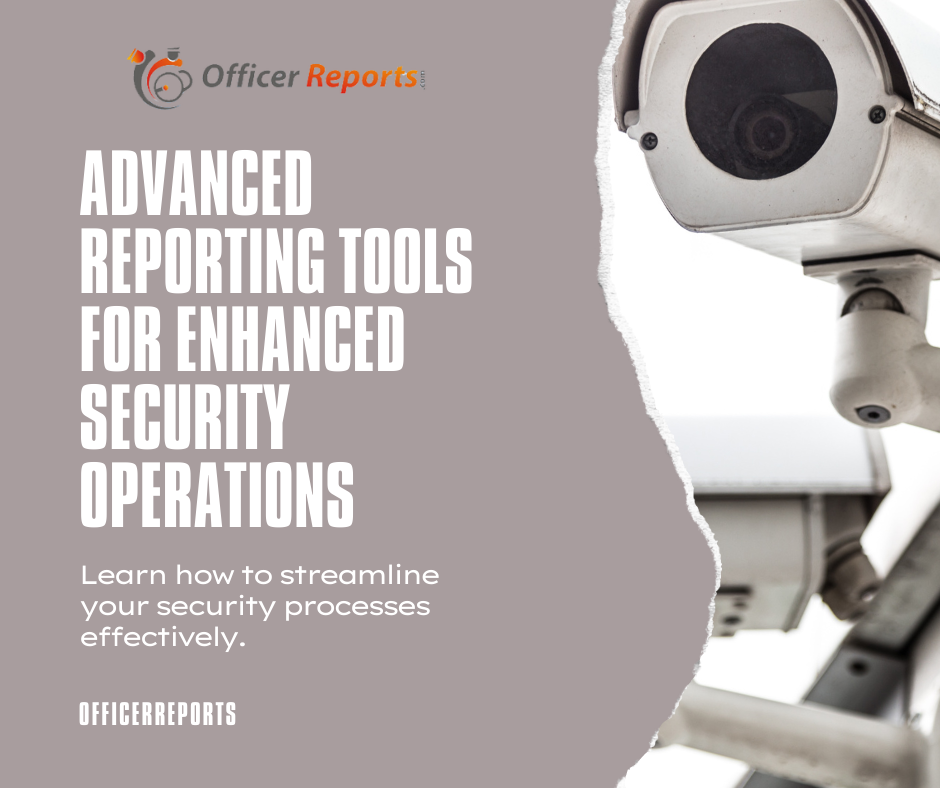Introduction
In this guide, we delve into the intricacies of incident reporting, offering insights and strategies to enhance your processes and outcomes. Our aim is to provide a comprehensive resource that not only meets but exceeds industry standards, elevating your incident reporting capabilities to new heights.
Understanding Incident Reporting
Incident reporting is a critical aspect of any organization’s risk management strategy. It involves the timely and accurate documentation of events, incidents, and near misses, providing valuable data for analysis, improvement, and compliance purposes.
Key Components of Effective Incident Reporting
1. Timeliness and Accuracy
Timely reporting ensures that incidents are documented promptly, minimizing the risk of data loss or distortion. Accuracy in reporting is paramount, as it lays the foundation for meaningful analysis and decision-making.
2. Clear Reporting Procedures
Establishing clear procedures for incident reporting streamlines the process, ensuring consistency and reducing errors. Employees should be trained on these procedures to facilitate smooth reporting workflows.
3. Comprehensive Data Collection
Gathering comprehensive data during incident reporting allows for thorough analysis and identification of trends, root causes, and areas for improvement. Key data points may include incident details, involved parties, impact assessment, and corrective actions taken.
4. Confidentiality and Privacy
Maintaining confidentiality and privacy is essential to foster trust and encourage open reporting. Organizations should have protocols in place to protect sensitive information and ensure compliance with relevant privacy regulations.
Best Practices in Incident Reporting
1. Implementing a Centralized Reporting System
Utilize technology to implement a centralized incident reporting system that streamlines data collection, analysis, and reporting. This enables real-time monitoring and proactive risk management.
2. Training and Awareness Programs
Conduct regular training and awareness programs to educate employees on the importance of incident reporting, relevant procedures, and their roles and responsibilities. Encourage a culture of transparency and accountability.
3. Continuous Improvement and Learning
Regularly review incident reporting processes and outcomes to identify areas for improvement. Foster a culture of continuous learning and adaptation, incorporating feedback and lessons learned into future practices.
4. Collaborative Approach
Encourage collaboration between departments and stakeholders involved in incident reporting, fostering communication, information sharing, and collective problem-solving.
Conclusion
Effective incident reporting is a cornerstone of organizational resilience and risk management. By implementing best practices, leveraging technology, and fostering a culture of accountability and continuous improvement, organizations can enhance their incident reporting capabilities and drive positive outcomes.







